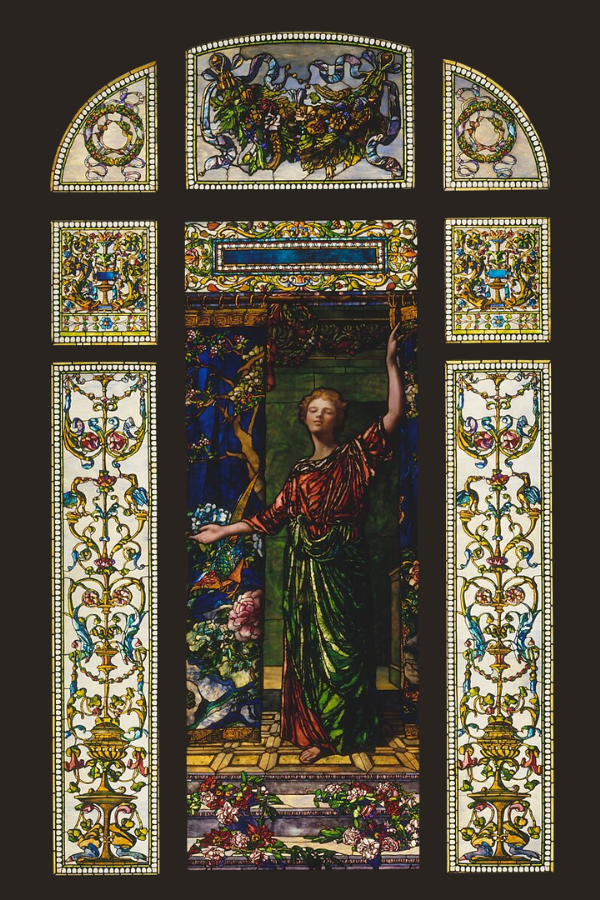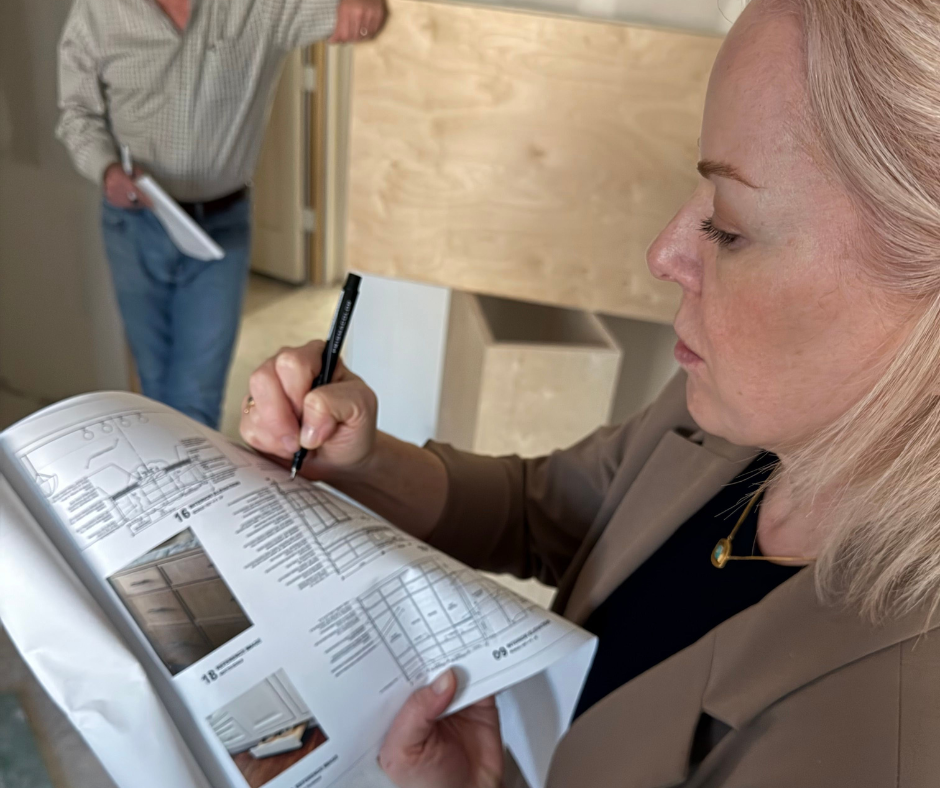
Get Ahead of These Common Interior Design Problems with Advice from Laura U
Summary
Interior design success depends as much on process and communication as on creativity. In this article, Laura Umansky of Laura U Design Collective shares the most common challenges designers face—from clients resisting the process to unrealistic timelines and communication breakdowns—and offers real strategies to navigate them. Whether you’re managing procurement issues or leading multi-year renovations, setting clear expectations, building strong systems, and staying proactive can make all the difference.
Reflection Questions
Where in my current client process do I see room for clearer communication or stronger boundaries?
How do I introduce my team to clients, and am I setting up my junior designers for success and respect?
Am I regularly reviewing and refining my procurement and project tracking systems—or just reacting when issues arise?
Journal Prompt
Think back to a project that felt off-track—whether it was due to timeline issues, procurement delays, or client misalignment. What would you do differently now with the insights shared by Laura? Write out how you might restructure your process, set different expectations, or improve communication for a smoother experience next time.
Insights from Laura Umansky, CEO of Laura U Design Collective and Co-Founder of DesignDash
Interior design is as much about people and processes as it is about aesthetics. For Laura Umansky, CEO of Laura U Design Collective and co-founder of DesignDash, the most successful projects share four things in common: clear expectations, consistent communication, mutual respect, and a shared commitment to a well-honed process. This week, we spoke with Laura about the most common challenges designers face—and how to spot and solve them before they snowball into bigger issues.
Common Interior Design Problems and How to Address Them Proactively
Resisting the Process
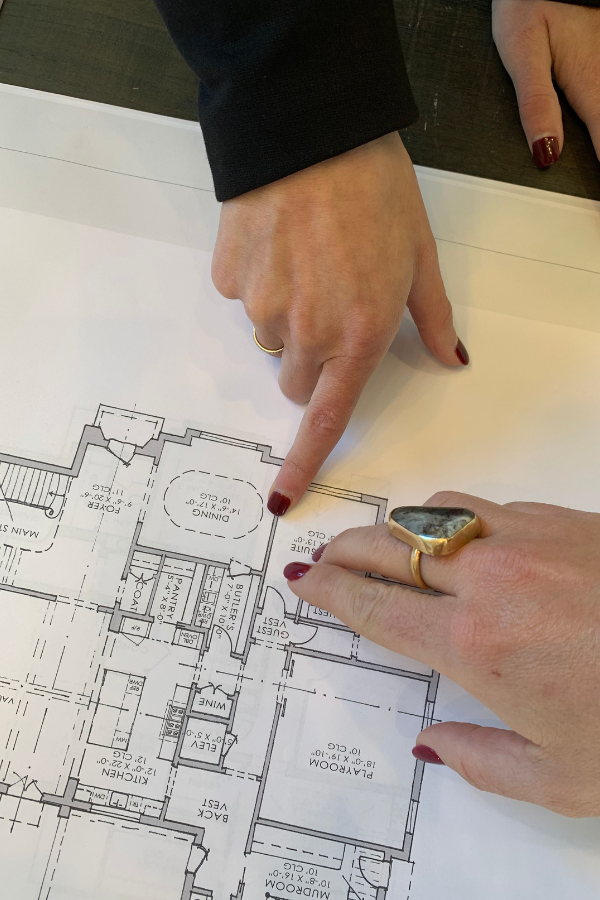
“One red flag is when a potential client wants to manage procurement themselves,” Laura explains. “That’s not how our guided design experience works—and the most successful projects are always the ones that follow that process.”
When a client expresses interest in managing procurement themselves, it’s often a signal that they don’t fully understand what goes on behind the scenes. Laura notes that her team prefers to lead the entire design experience because it allows them to ensure quality and avoid breakdowns in communication. Trying to integrate a client’s self-directed purchasing into a larger design plan often introduces inconsistencies, causes delivery confusion, or leads to missing details—all issues that could have been avoided with full-service management.
Laura recommends using the discovery phase to outline the full value of the design process—not just the final result. You can say yes to the client’s vision without saying yes to a fractured process.
Include a visual roadmap of your process in your welcome packet or proposal. It helps clients see the benefits of staying on course.
Limited Trust in Your Team
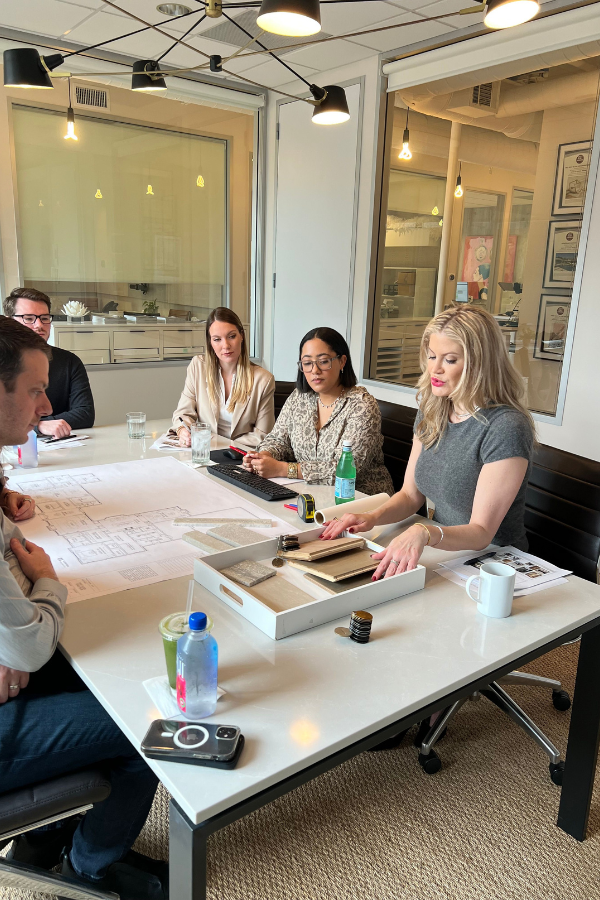
Occasionally, clients bond well with Laura or Director of Design Shannon Smith but may not fully trust or respect junior designers. This can affect morale and workflow. That’s why Laura ensures that senior designers remain the main point of contact across all projects, regardless of scope.
“That’s an issue,” Laura says, “but it’s also why we assign senior designers as the primary point of contact, no matter the project size. It sets the tone for how our entire team should be treated.”
There can be an assumption that the principal designer will be involved in every detail. The team introduces who will be working on the project right away—typically Shannon or Megan Strasburg (Director of Residential Design) after the first meeting—so the client can start building a relationship with the full design team. While it’s rare for a client to only meet Laura once, she says it’s important they understand who they’ll be engaging with day to day.
Frame team introductions as an asset. “You’re not just getting me—you’re getting the power, resources, and special attention of our full studio.”
Unrealistic Timelines
Timing is everything.
“The biggest issue we run into is timing; clients often have unrealistic expectations about how long things should take,” Laura notes. “About 80% of our clients have worked with a designer before, but often it was a solopreneur rather than a larger firm. That experience can shape expectations in ways that don’t always align with how we work. Every design firm works differently. It’s important to outline your communication style, process, and project timeline from the start.”
Furniture lead times, backorders, and construction delays are part of our reality, but clients may not know that. Laura’s team builds in time buffers and milestone updates to keep everyone on the same page. With furnishings, for example, they may order items a year in advance, then re-engage with the client months later to revisit selections and ensure alignment before install. Managing expectations is an ongoing process not a one-time conversation at the beginning of a project.
Use visual timelines with estimated delivery windows instead of exact dates. This helps set realistic expectations without locking you into specifics you can’t control.
Procurement Issues
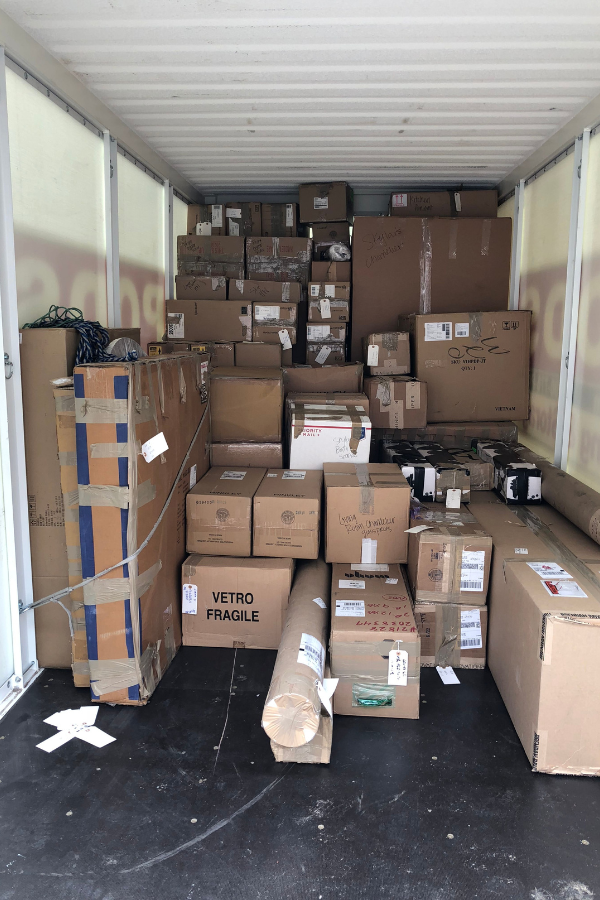
“Procurement is where a lot of issues come up,” says Laura. “Having a solid grasp of your ordering process—and strong relationships with vendors—is critical.” As any designer already knows, procurement is partially about placing orders and largely about anticipating what could go wrong. Design firms must build systems that catch those issues early. We all need a process that’s proactive, not reactive.
“We sit down as a team once a week to review all active orders,” Laura says. “We make sure everything has been acknowledged, we follow up with vendors, and we address any issues right away—whether something’s been delayed, discontinued, or experienced a major price increase.”
For smaller studios or solopreneurs, Laura recommends using tools like Studio Designer (which LUDC uses) to stay organized. If you’re juggling multiple projects, outsourcing procurement may be the best choice. “There are also procurement services out there for designers,” Laura notes. “We haven’t used them ourselves, but Designer Advantage is one option for those who don’t have an in-house purchasing agent.”
How do you know when it’s time to bring someone on staff? “If you’re managing three to five projects at the same time, you can absolutely justify hiring someone just to handle procurement. It really depends on the scope and type of work you’re doing.”
Block out time every two weeks for an “orders audit.” Create a checklist to follow every time so nothing falls through the cracks.
Communication Gaps
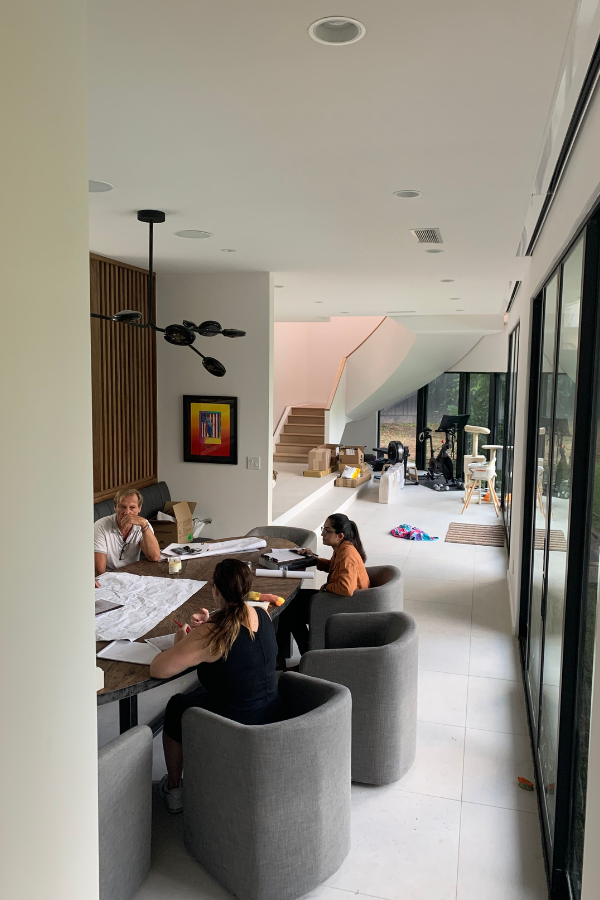
Clear, proactive communication is non-negotiable, but the rhythm and frequency of communication should shift depending on the project phase. Laura’s team often meets on-site with both the builder and the client, sometimes as often as weekly as a renovation project ramps up. “That way, we can address any issues in real-time,” she says.
In furnishings-focused projects, the cadence is different. For example, in new construction, furniture might be ordered a full year in advance. In those cases, the client might not hear much for months—which makes intentional reconnection even more important. “We’ll often have a touch point six months in to refamiliarize the client with the orders before installation,” Laura explains. “We find we need to do that with long-term projects.”
When issues arise—like discontinued items or price increases—the team calibrates their response based on impact. “If the issue is with five pieces, we bring the client in to make a new decision. But if it’s just a couple, we’ll communicate via email.”
That clarity and consistency is even more essential in multi-year renovations because client burnout is a real risk. “There’s always a phase where the client feels like nothing is happening, even when everything is going exactly as planned,” Laura told me. To help clients visualize progress, her team uses a project roadmap.
Beyond logistics, the personal dynamics of the client relationship can also shape communication strategy. “We try to understand early on who the primary decision maker is,” Laura explains. “Is it both partners? Do we need consensus? Is one deferring to the other? We try to avoid making all the decisions with one person, only to have the other come in at the end and second guess everything.”
Schedule future “reconnect” meetings at the time of purchase, especially for long-lead items. It’s a great way to refresh clients’ memory and rebuild excitement ahead of installation.
Final Thoughts
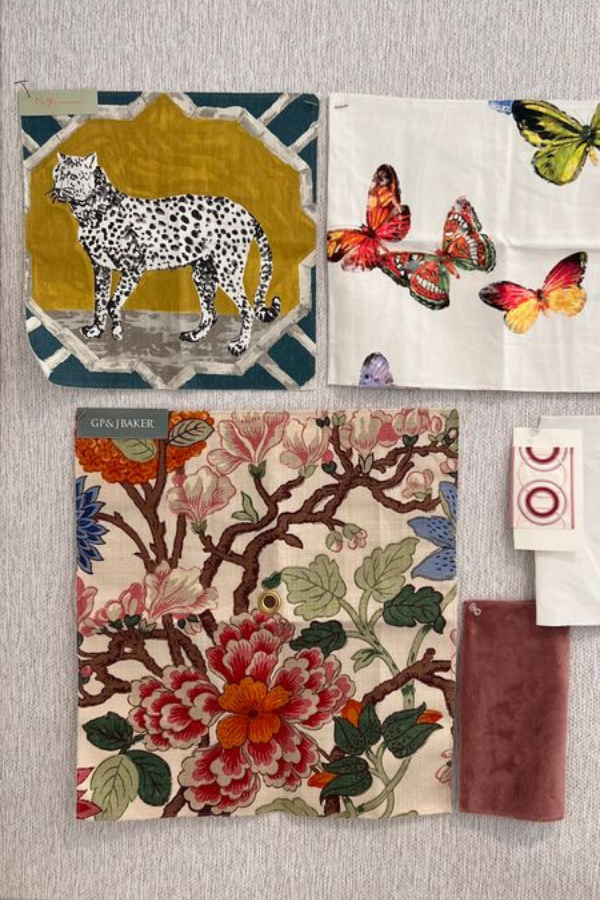
Many thanks to Laura for taking the time to sit down with us and offer solutions to issues designers often face. Whether you’re a solo designer or running a growing studio, navigating these challenges requires support, systems, and shared knowledge. That’s exactly what the DesignDash Community offers our members.
From business insights and trusted resources to conversations with designers who understand the day-to-day realities of your work, our Community was created to bolster your success, guide you through rough patches, and provide the peer support we all need. Join the Community here.









